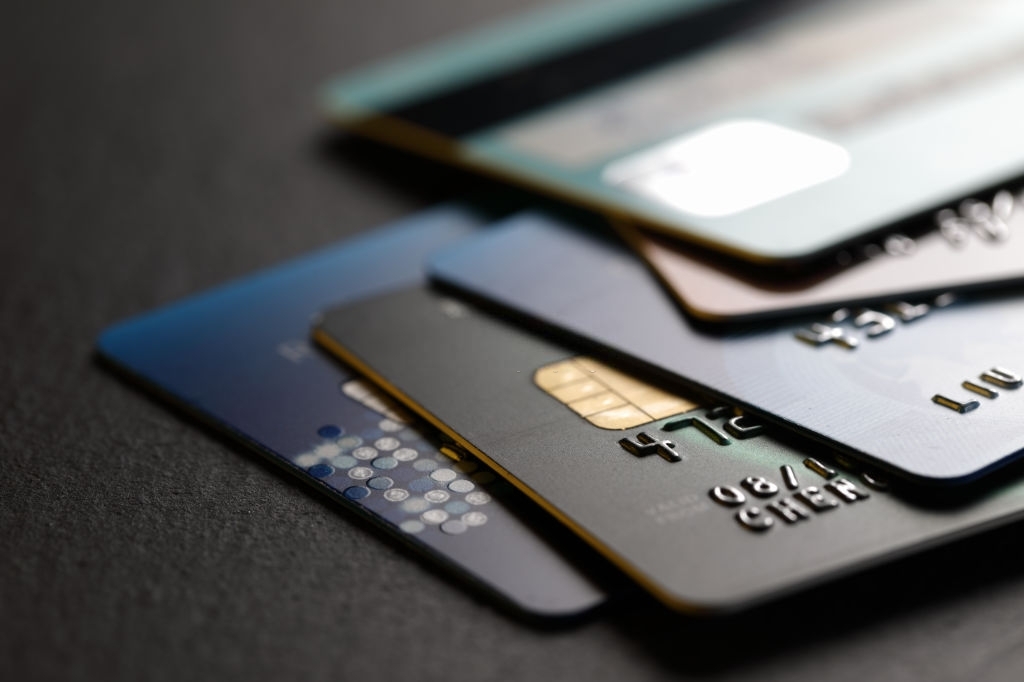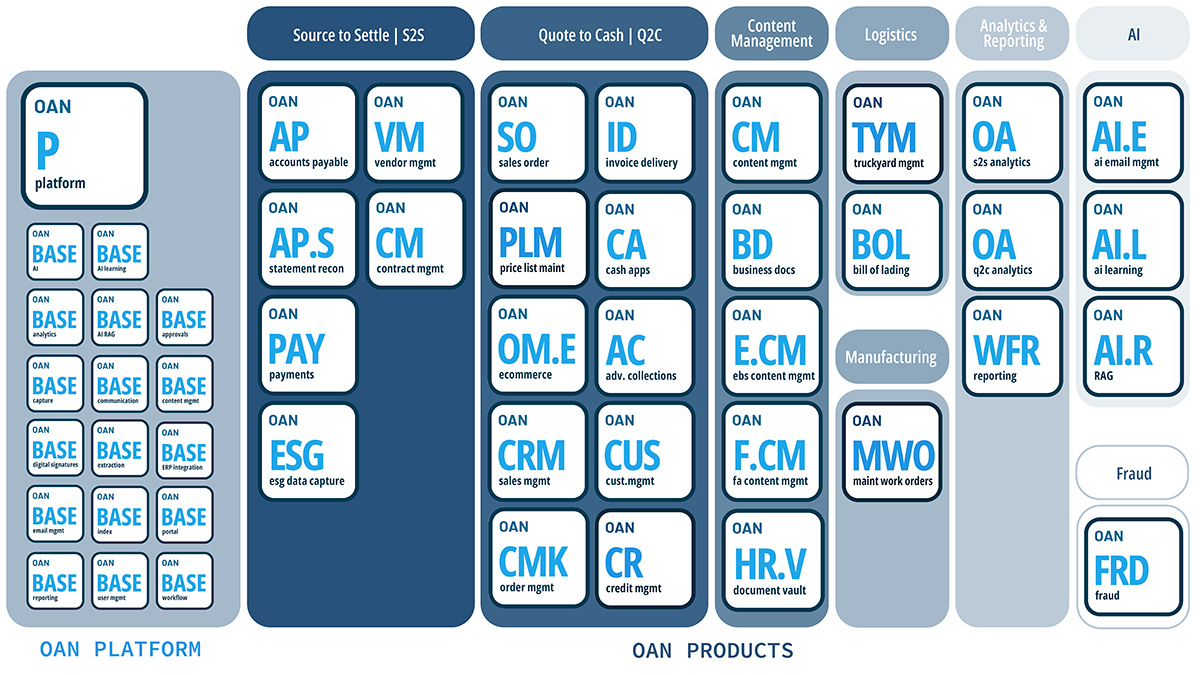Okay, be honest–when everything started to open up again, you were wary of how “normal” things would be. Once you realized that some of the absolute basic actions in a store were done, you were forced to confront reality. There truly is a new normal.
Now, that’s not necessarily a bad thing.

Let’s take payment forms, for example. Even prior to the pandemic, we were progressing towards being a cashless society. Cash takes too long to get out of an ATM, too long to get out of a wallet or purse, and too long to count out. (Okay, not really, but that’s the complaint we’re supposed to share with each other, right?) Credit cards, on the other hand, are efficient and easy because we’ve somehow found a way to reduce the truly laborious insertion of a card into a slot with a simple tap.
Everything we’ve said so far is largely from a consumer’s perspective. What about the business perspective, though?
With cashless payment now becoming the norm, it’s on you to make sure you can take payment in enough forms so that you don’t lose customers. All it takes is one customer to go into your business, be told they can’t use a particular card with you, and then they never come back because they found someone else who was ready for them. (To be fair, you’ve done that before as a customer, right? Pretty much all of us have.)
So, with that said, let’s talk about credit cards today. Taking credit cards for payment (and using them, too) is not as simple as saying, “Just use a credit card.” Under our current model of credit cards, some cards are more widely accepted than others, some cards are trusted more by banks, and some cards just have better security features than others. As a business owner, it helps to know what’s out there so that you can maximize efficiency in both giving and accepting payment.
When considering the use of credit cards, you need to weigh:
Security features
Efficiency
Fringe benefits
Keeping It Safe
One of the nice things about credit cards is that you can put spending limits on them to prevent abuse. If you have a credit card for employee spending, you don’t have to worry about employees taking advantage of the card because of the limits you put on them. You also get reports that itemize every purchase, which means you know exactly who is buying what every time that card gets used.
Banks impose spending limits, too (i.e., credit lines). In essence, credit cards are like very short-term loans from banks. An institution says, “We know you’re good for the money at the end of the month, so we’ll take care of this purchase right now.” As long as you’re paying off the balance fully on each monthly statement, you never have to worry about interest accruing on your account.
In addition, if your card number gets compromised, most banks and credit card companies are pretty good about identifying irregularities and shutting down the card until you know what’s going on.
Nothing about any of what we’ve said so far is earth-shattering. Plastic credit cards have been around for decades. The true advancement in security, though, is the advent of virtual credit cards. Virtual credit cards have even more security controls than plastic cards because they have built-in reconciliation features for your accounts payable department. Your AP team can also tie specific single-use CC numbers to individual suppliers with the virtual cards.
Simply put, it sure seems like secure payments via credit card prevents headaches.
Efficiency
But if credit cards are safer and faster than an exchange of cash or money orders, then why don’t more businesses use credit cards for both their spending and their payment acceptance?
This one’s easy.
The answer is old habits die hard.
When you’re in a rut, change is tough. New ideas get relegated to the back burner and creativity gets stifled because the boss just needs things to get done.
The thing is, implementing a credit card spending procedure into your AP department is exactly the kind of effort that requires more time up front and very little maintenance on the back end. When you make credit card spending the primary method of providing funds to suppliers, you’re saving hours and hours of tedious paperwork. Offering that same level of convenience to your customers keeps them coming back to you, too (and makes your accounts receivable team very happy to do less paperwork, too).
Don’t forget, too, that most businesses see lots of turnover in suppliers during a given year. Every time you get a new supplier, you have to confirm payment acceptance. Also, you constantly have to maintain accurate info about payment with the suppliers you stay with, too. If everyone leaned more on credit cards, this nuisance would get lessened, too.
Benefits
In a cash transaction, money changes hands, goods/services are provided, and the transaction is done. Credit cards provide incentives far beyond what basic cash offers. Depending on which cards you use, some offer big rebates for frequent use. Others offer points that can be spent on free airline miles (hello, business trips, we’ve missed you). The bottom line is that there are cards out there just waiting to give you things for using them.
It doesn’t take a math whiz to know that if you’re getting money back or getting some tangible benefit without having to spend any more money than you already do, then it’s probably a good deal. Responsible credit card use is a good deal. If you’re paying off the balance, not accruing interest, and getting points/rebates in return, you’re coming out ahead.
What’s your theory on why more businesses haven’t made the move toward credit card spending? Let us know on our social media pages, and keep checking our blog for more info.
Twitter
LinkedIn

